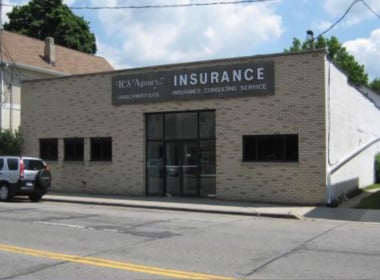
Seller financing — which is a loan from a seller to a buyer of a property to cover a portion of the purchasing price — is a win-win for everyone involved.
It can make a sellers’ commercial or residential property attractive to more buyers; it can help buyers with poor credit be able to close on a property; and it can speed the closing process.
Seller Financing Quick Facts:
- The owner may finance about 60 to 70 percent of the sales amount.
- These type of loans are typically five to seven years long. A balloon payment is usually due at this time.
- Interest rates between 7 and 9 percent are common.
The Pros and Cons of Seller Financing
Buyers
Pros
- You may be able to secure seller financing, even if you have a limited budget or have been turned down by a bank.
- Faster, cheaper closing process because you don’t need bank approval.
- There is no set amount for a down payment.
Cons
- The seller can set high interest rates for the loan.
- Even though a bank is not involved, sellers are still allowed to run credit checks on their buyers.
- You must be able to pay back the loan or run the risk of losing the property.
Sellers
Pros
- Seller financing is attractive to buyers, too.
- It is possible to sell the property “as is” without making repairs or upgrades.
- With its high interest rate, the loan offers a great return on investment.
- If the buyer defaults, you receive the property back, while keeping the down payment and any money already paid.
Cons
- Sellers usually need to have paid off their mortgage already to be eligible for seller financing.
- The buyer could stop making payments without notice.
- If the buyer defaults, you may need to go through the foreclosure process.
- As a result of the financing, sellers often must deal with preparing complicated tax returns.









